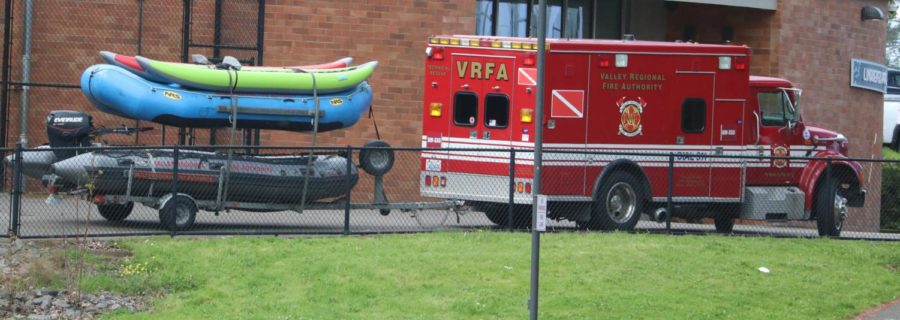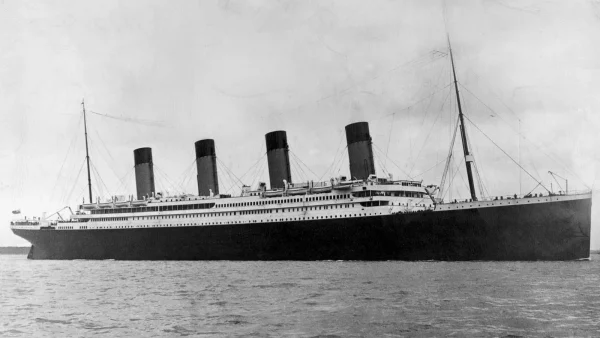Firefighters use pool for trainings
Valley Regional Fire Authority Dive 333 sits outside the Lindbergh pool while dive team members do their monthly training. The pool is also used by Renton Regional Fire Authority and other local departments during cold weather months.
You may have noticed some fire department water rescue vehicles at the Lindbergh Pool over the past few months. Renton Regional Fire Authority (RRFA) Captain Steve Wright is in charge of the training for the two teams (including Valley Regional Fire Authority-VRFA).
The two teams have been conducting joint training since 2015 by conducting annual continuing education trainings, which includes a scuba skills drill performed in a pool for safety. In addition, they practice buoyancy control drills and manipulative skills. Prior to 2015 each agency did their own training, the Lindbergh pool has had a long relationship with RRFA.
These teams or dive technicians are trained firefighters who specialize in dive rescue, swiftwater (river) rescue, and rescue boater operations. Renton’s Dive Team is housed at fire station 12 in the Highlands. Valley’s is housed at fire station 33 in Lakeland Hills in Auburn.
Both departments are the only fire departments in South King County that have dive technicians so they respond to all water rescue calls. Calls in unincorporated King County are handled by the King County Sheriff’s Marine/Dive/Rescue Unit. It’s not uncommon to have fire and the Sheriff’s Office responds to the same call.
Both agencies are part of the South King County Fire Training Consortium which also includes Enumclaw, Burien, King County ARFF (Boeing Field International Airport), Skyway, Eastside Fire & Rescue, Mountain View Fire & Rescue, Puget Sound Regional Fire, Snoqualmie, South King Fire & Rescue, Tukwila, and Vashon Island Fire and Rescue. This training consortium allows all these departments to train and work together so when they respond to emergencies together they are able to use the same skills in the same way to help those in need. The consistency of the departments also allow for safer and faster rescues for both the firefighters and civilians.
The Lindbergh Pool has also been allowing the consortium rescue swimmer program to train there too. Rescue Swimmers are firefighters who arrive on scene first and search the waters before the dive team arrives. The rescue swimmers don’t use scuba gear but rather free dive by holding their breath. Many of the consortium’s agencies have rescue swimmer programs. It’s not uncommon to see more than just a dive team at the pool during the school time.
Your donation will support the student journalists of Lindbergh High School. Your contribution will allow us to purchase equipment, cover our annual website hosting costs, send staff to annual trainings during the school year.










